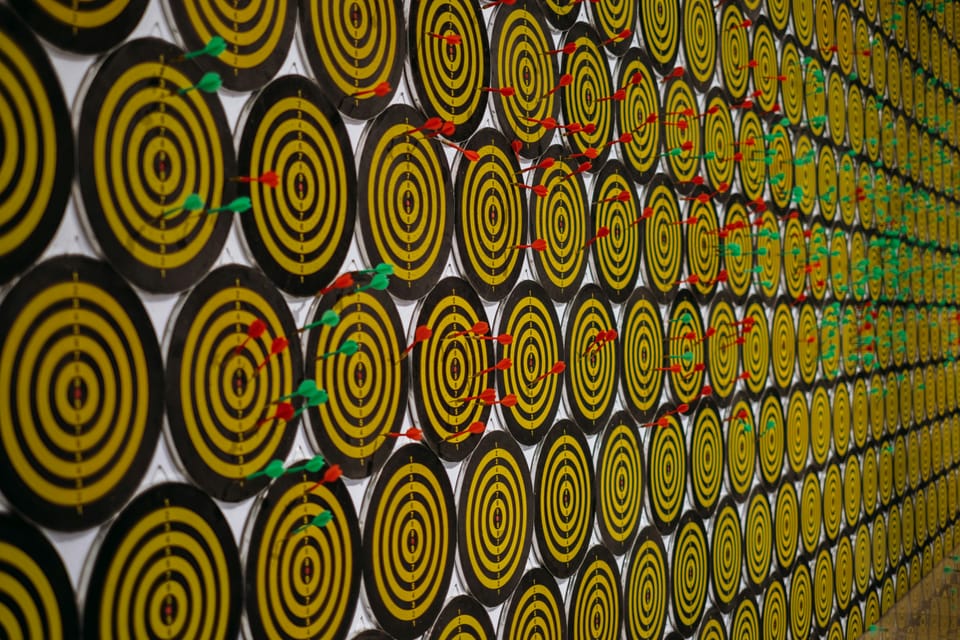The quest for consistency in carbon accounting

Across the sustainability community, there is widespread anticipation around the publication of updated methodology guidance for carbon accounting, currently being developed by both the GHG Protocol and ISO. These revisions are important, and much needed, but it is unrealistic to believe they will deliver anything approaching the final, definitive answers that the market craves. Guidance can clarify, but it will never eliminate interpretation.
And interpretation plays a vital role in corporate climate strategy, with potentially significant variations in hotspot analysis, action planning and reduction quantification determined by different methodological approaches.
Carbon accounting has matured to the point where “following the rules” isn’t enough, because there is no single canonical way of applying them across complex, real-world value chains. Two organisations can apply the same guidance in good faith and still reach materially different outcomes. That’s a trust problem. It’s also a comparability problem. And if left unaddressed, it becomes a credibility problem.
This is why consistency matters so profoundly, not just for emissions reporting, but for decision-making, investment allocation, and the integrity of future reduction claims. The goal when we formed Net Zero Now, and now at Ecologi, is to create an ever-growing suite of sector protocols that helped organisations apply guidance in a more consistent and comparable way.
I now wonder whether protocols alone will ever achieve the level of comparability and confidence that the market really needs. Maybe carbon accounting needs to borrow from the legal profession and move towards something more akin to a 'case law' approach.
What might ‘case law’ for carbon accounting look like?
In law, case precedents are established when judges interpret statutes in a real-world dispute, creating practical clarity for future judgements. This system, stare decisis, or “to stand by decisions”, is what turns legal theory into usable, lived reality.
Carbon accounting is facing the same structural challenge: the rules exist, but the interpretation is where confidence is won or lost.
A case-law-style mechanism for climate disclosure would mean:
Imagine if every time a carbon accountant encountered a methodological grey area, they could document the rationale, trade-offs, and judgement used and that decision became part of a shared library of precedents. Not a static standard, but a living body of interpretative guidance built from practice.
Who should host these precedents?
The natural home for this kind of system is a community-governed institution, rather than a private platform or proprietary methodology. The Carbon Accounting Alliance is especially well placed to lead this effort, because it is practitioner-led, spans multiple methodologies, and already exists to build trust and coherence in the profession.
A precedents library under its stewardship would support:
- Consistency: less divergence on like-for-like cases
- Transparency: decisions visible, not locked inside spreadsheets
- Professionalisation: the craft of carbon accounting made explicit
- Collective learning: the system gets better with each new edge case
Standards tell us what, case law helps us decide how
As GHG Protocol and ISO release their updates, we should welcome them, but not wait passively for perfection. The profession shouldn’t orient itself solely around the next guidance document, but around collective interpretation over time.
Carbon accounting does not need a perfect rulebook, it needs a living memory of good decisions. That is how credibility is built. That is how consistency emerges. That is how this field becomes a profession.
Why this matters now: Uncertainty is growing faster than guidance
For a while, many assumed that carbon accounting uncertainty would shrink as guidance evolved. In reality, the opposite is happening. As organisations move from estimating large buckets of Scope 3 emissions to interrogating supplier-level data, hybrid models, attribution questions and time-bound baselines, the number of interpretative choices has multiplied. These choices are not edge cases anymore, they are becoming the work.
Three examples illustrate this clearly:
- Hybridising data sources: When is it legitimate to blend spend-based estimates with supplier-specific data, and how should confidence weighting be treated? Two equally defensible interpretations can produce materially different results.
- Treatment of leased assets: Finance leases, operating leases, right-of-use structures and complex holding companies all create boundary ambiguity. The GHG Protocol guidance is directional, but not dispositive.
- Attribution in shared infrastructure: When emissions arise from shared assets (logistics networks, cloud infrastructure, industrial inputs), how should allocation be calculated? Physical share? Economic value? Usage time? There is no single ‘correct’ answer.
Each of these decisions is both technical and normative: behind every choice sits a judgement about risk, fairness, and the role of carbon accounting as a decision support tool.
At present, these calls for the most live inside private methodology notes and internal emails, where the profession learns nothing from them. Occasionally they are documented in methodology statements, but without a method to submit, appraise and retain, these statements simply become proliferations of difference.
How a precedent system could work in practice
If we take inspiration from legal precedent, a carbon accounting case law system could develop organically through community contribution. A basic structure could look like this:
- Submission: an accountant documents a methodological judgement, the options considered, and the final rationale
- Peer validation: a small review group confirms the decision is reasonable, without conflicting precedent and well argued, without requiring consensus
- Publication: the precedent enters a publicly accessible library, tagged by topic and scope category
- Re-use: practitioners reference the precedent when facing similar questions, building legitimacy through repetition
This doesn’t replace standards, it operationalises them.
Over time, the most frequently used precedents naturally become the ‘default’ position, just as judicial precedent evolves into commonly accepted doctrine. What we are missing today is not rules, it is institutional memory.
A profession becoming self-governing
The deeper point is that carbon accounting is maturing from a technical function into a profession with shared norms, expectations, and standards of care. Professions don’t merely follow rules; they interpret them responsibly on behalf of society. Precedent is part of that maturation. It allows the field to navigate ambiguity without waiting for the next revision cycle of guidance.
Case law is not about certainty, it is about coherence. It gives practitioners confidence that a well-reasoned judgement today will not be treated as an anomaly tomorrow.
If carbon accounting is to underpin climate strategy, capital allocation, investor trust and regulatory enforcement, then it needs an interpretative spine as well as a methodological skeleton.
This is why a precedents library should not be an optional side project. It should become a core mechanism of professionalisation, if the community chooses to build it together.
Looking ahead: From guidance to community practice
The timing is right for this shift. As the updated GHG Protocol and ISO methodologies emerge, they will inevitably create as many new questions as they resolve. A precedent-led model would allow the profession to absorb those questions constructively, without waiting years for clarification through another revision cycle.
This is a moment for collaborative interpretation, not individual improvisation.
The Carbon Accounting Alliance is well placed to play a facilitative role here, not as an arbiter of ‘right answers’, but as the custodian of shared judgement. A home for reasoned decisions, transparently recorded and freely re-used.
In an era of intensifying scrutiny, the question is no longer simply:
“Did you calculate this correctly?”
It is increasingly: “Can you show why your interpretation is legitimate, consistent, and repeatable?
As a community, we do not need absolute certainty to move forward, we need continuity of reasoning and the confidence that practitioners facing similar decisions tomorrow, can stand on the shoulders of the thinking done today.
Written by Simon Heppner, Chief Sustainability Officer at Ecologi
Ecologi is the UK's most trusted climate action platform for every step of your climate journey. Speak with one of their climate experts today at www.ecologi.com







Member discussion